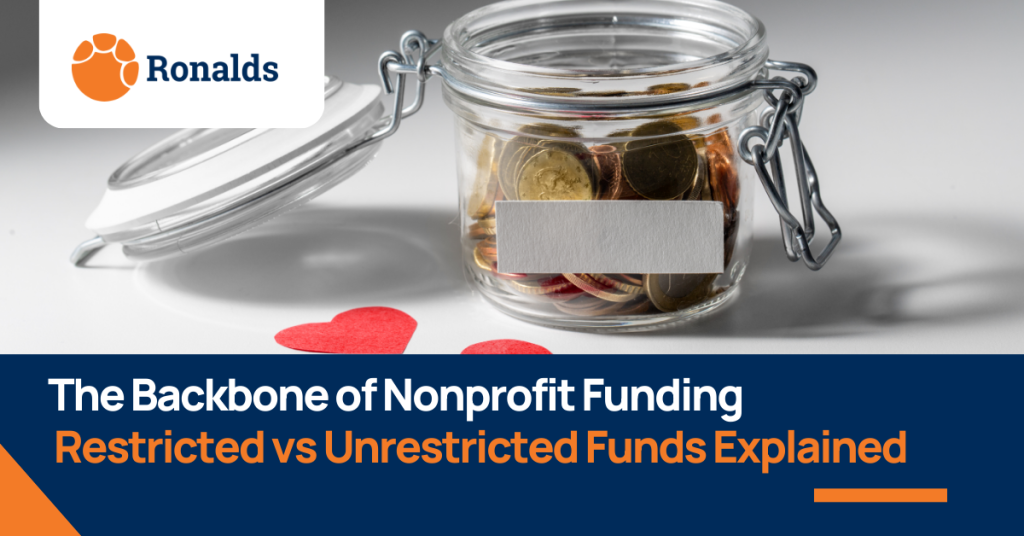Meta Description (SEO Snippet):
Discover why employee well-being and mental health must be central to HR strategy. Learn how organizations can build healthier, more productive workplaces.
Introduction
September marks Mental Health Awareness Month, a global reminder of the importance of prioritizing mental health and well-being in every aspect of life, including the workplace. In today’s fast-paced business environment, burnout, stress, and disengagement are more than personal issues; they are critical challenges that affect productivity, retention, and organizational success.
As businesses in Kenya and worldwide embrace digital transformation and new ways of working, employees are asking a fundamental question:
Does my workplace care about me as a whole person, or just as a performer?
The answer lies in how organizations embed employee experience, engagement, and well-being into their HR strategies.
Why Mental Health in the Workplace Matters
Mental health at work is no longer a “soft” issue,it is a strategic driver of performance and growth. Research shows that companies that prioritize employee well-being experience:
- Higher retention and reduced turnover costs.
- Increased productivity and creativity.
- Lower absenteeism and healthcare costs.
- Stronger employer branding and talent attraction.
Promoting workplace mental health involves:
- Building a supportive culture through open communication.
- Providing access to resources such as Employee Assistance Programs (EAPs).
- Encouraging work-life balance with flexible arrangements.
- Offering mindfulness training and stress management tools.
- Ensuring fair policies around workloads, career development, and return-to-work processes.
When employees feel supported as people, not just workers, organizations unlock loyalty and resilience.
Risks to Mental Health at Work
According to the World Health Organization (WHO), psychosocial risks—factors in workplace design, culture, or job roles—can negatively impact mental health. Key risks include:
- Workload issues: excessive demands, understaffing, or unclear roles.
- Job insecurity: inadequate pay, lack of career growth, or under/over-promotion.
- Toxic workplace culture: bullying, harassment, discrimination, or exclusion.
- Poor working conditions: unsafe environments or rigid, unsocial hours.
- Leadership and management gaps: authoritarian supervision or lack of support.
- Conflicting demands: struggles to balance work with personal responsibilities.
Ignoring these risks doesn’t just harm employees—it directly affects organizational performance.
The Role of HR in Employee Well-being
Human Resources (HR) leaders play a pivotal role in embedding mental health into business strategy. Modern HR must shift from being transactional (focused only on payroll and compliance) to transformational (building employee-centered workplaces).
Best Practices for HR Leaders
- Embed well-being into company culture – Create policies that normalize conversations around mental health.
- Encourage continuous feedback – Replace one-off annual reviews with regular check-ins.
- Support work-life balance – Promote flexibility, time-off, and reasonable workloads.
- Provide access to mental health resources – Partner with EAP providers, wellness coaches, or counselors.
- Communicate with transparency – During times of change, ensure employees feel informed and secure.
- Recognize employees as whole individuals – Acknowledge personal and professional needs equally.
By doing so, organizations not only reduce burnout but also cultivate trust and long-term loyalty.
A Call to Action for Business Leaders
Mental health is not a “nice to have.” It is a competitive advantage. Companies that invest in psychological safety, open communication, and well-being create environments where employees can thrive.
This Mental Health Awareness Month, leaders should commit to:
- Making mental health a core HR priority.
- Recognizing and rewarding healthy work-life balance.
- Setting clear job expectations and realistic demands.
- Building supportive structures that prevent burnout.
- Creating an environment of trust and inclusion.
A safe and healthy workplace is not only a fundamental right but also a proven driver of retention, innovation, and productivity.
Conclusion
At Ronalds LLP we believe that organizations must evolve beyond seeing employees as resources, they are people with diverse needs, ambitions, and challenges. By embedding employee experience and well-being at the heart of HR, businesses don’t just survive in competitive markets, they thrive.
Written by Lornah Memoi




